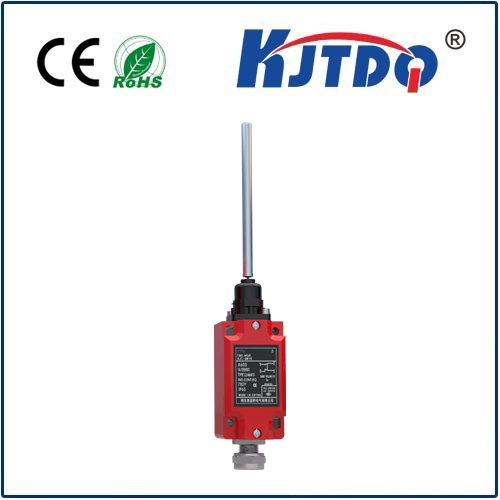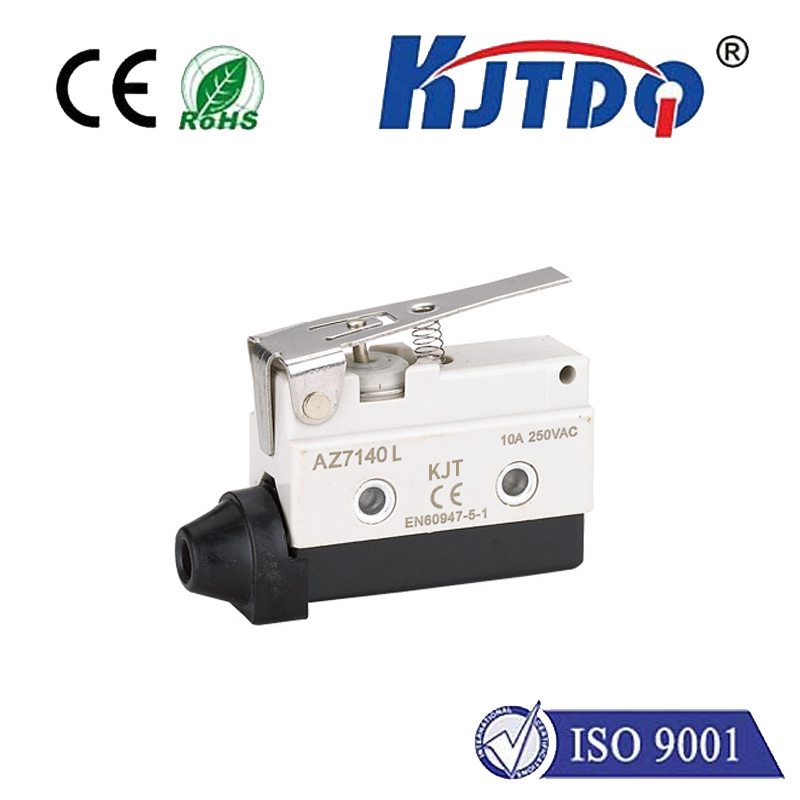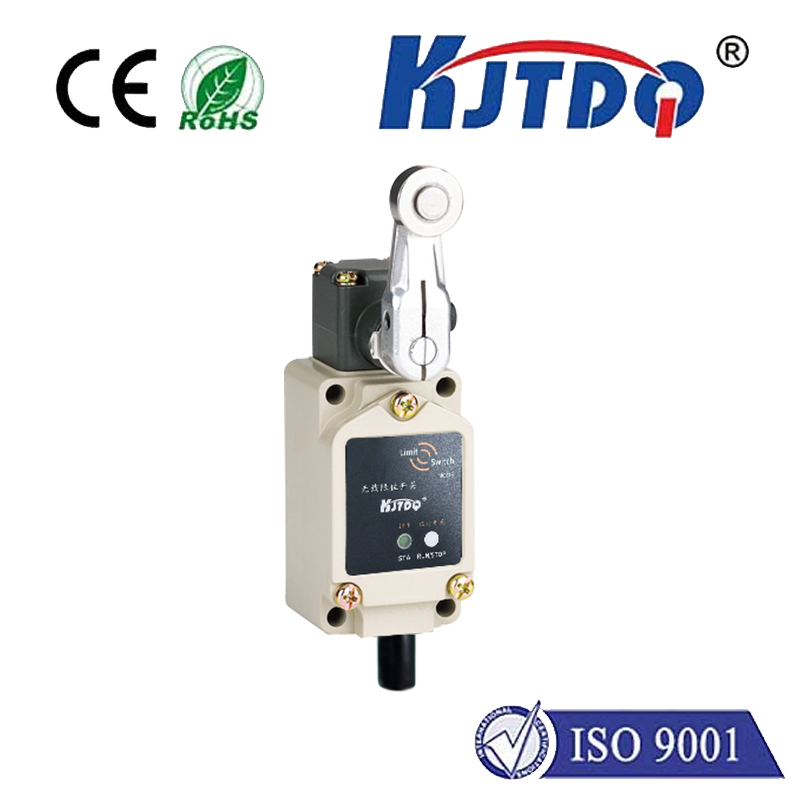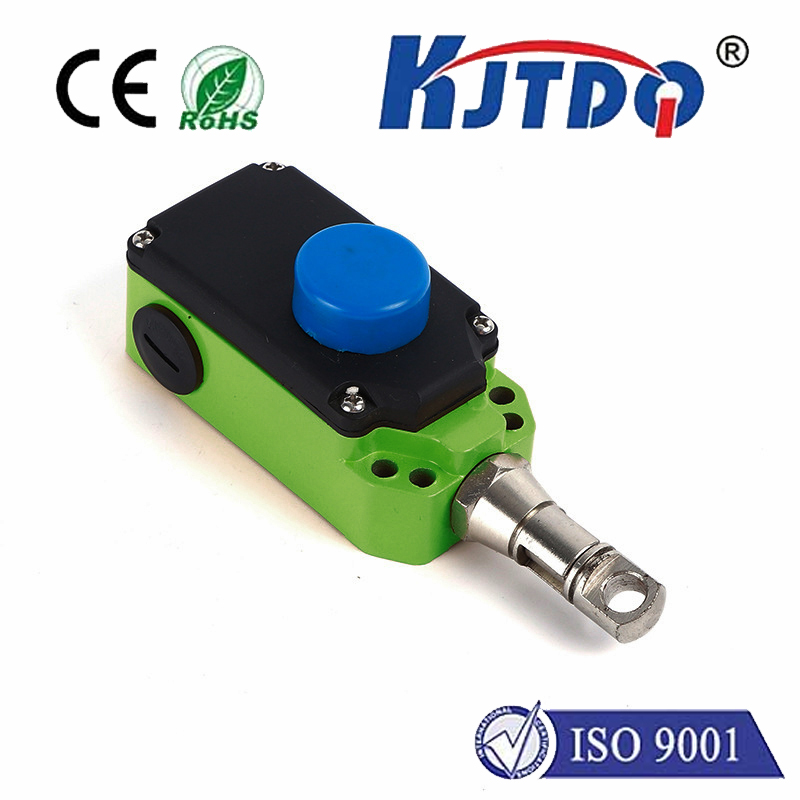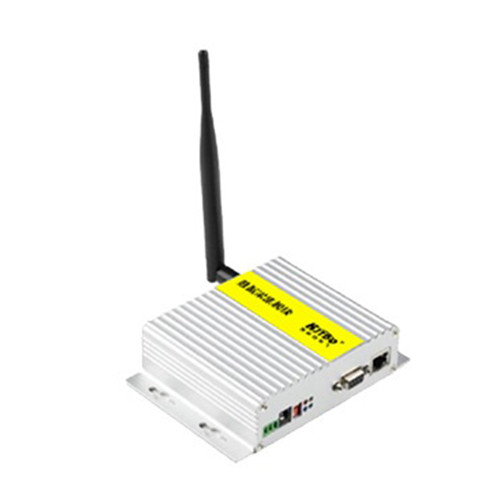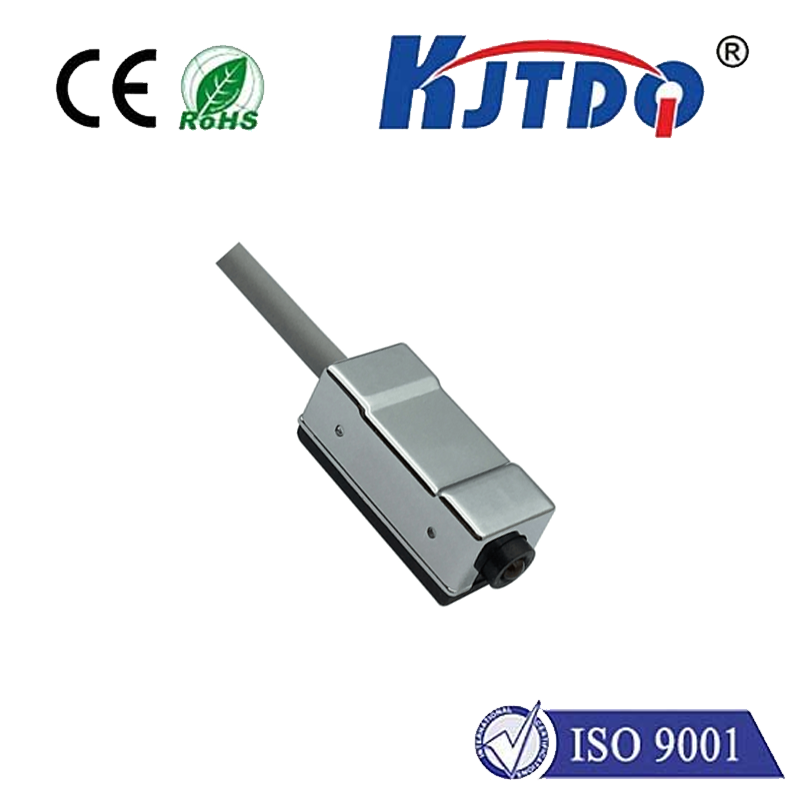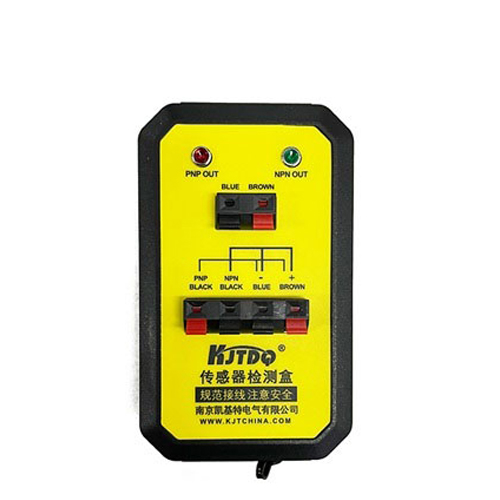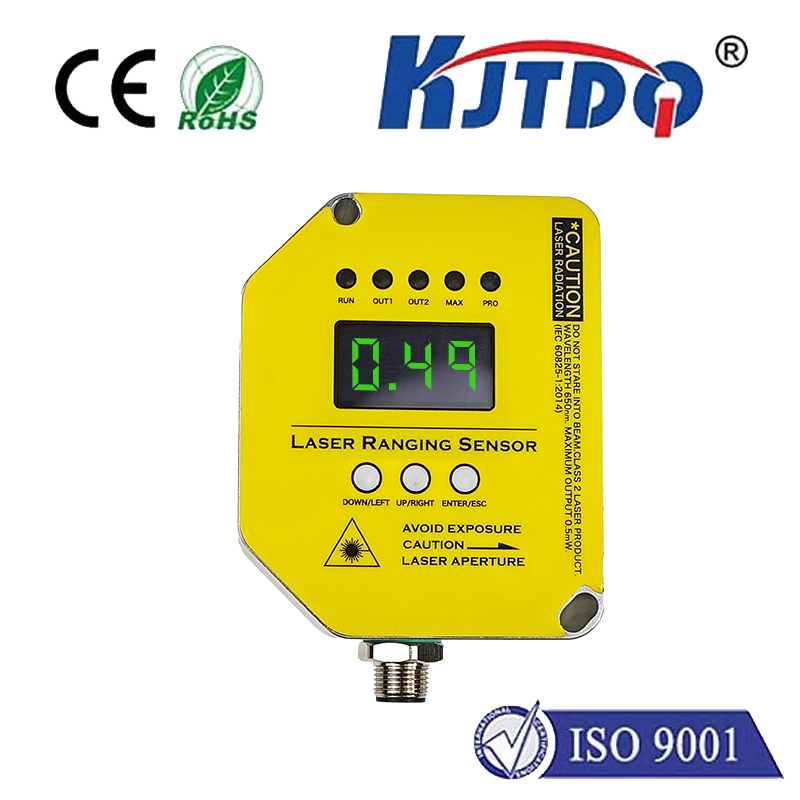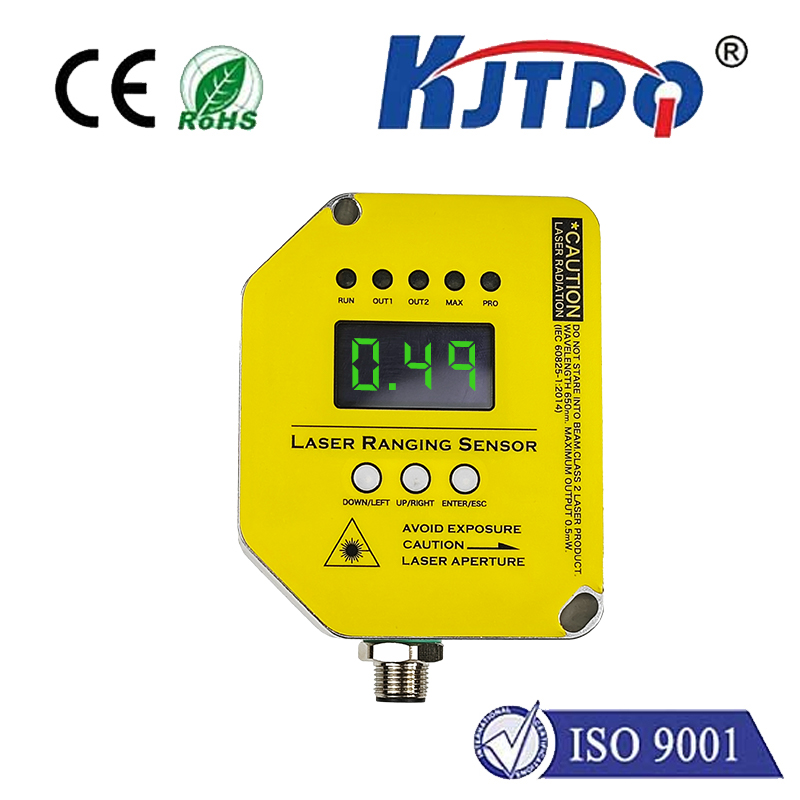Remember the satisfying click of early touchscreens? That was an era dominated by resistive technology. Today, the seamless glide and intuitive interaction we take for granted are powered by something far more sophisticated and versatile: the конденсаторный датчик. While “touch” is its most famous capability, the reality is that capacitive sensing technology unlocks a surprisingly broad spectrum of detection possibilities. Understanding what these sensors can truly sense reveals their profound impact across countless industries.
The Core: Sensing the Invisible Electric Field
At its heart, a capacitive sensor detects changes in an electric field it generates. It functions like one plate of an invisible capacitor. When an object (which can act as the other plate) enters this field, it alters the sensor’s capacitance – its ability to store electrical charge. Crucially, this interaction doesn’t require physical contact. The sensor’s electronics meticulously monitor these minute capacitance shifts, converting them into usable signals.
1. Touch: The Most Recognized, But Far From the Whole Story
Undeniably, touch detection is the flagship application. Your smartphone screen, sleek laptop trackpad, and intuitive control panels on modern appliances – they all rely on capacitive touch sensors. When your finger (a conductive object) approaches the sensor area, it significantly distorts the electric field, registering a clear touch event. This form of proximity sensing is incredibly precise and reliable for human interaction.
2. Proximity: “Near” Matters Just as Much as “Touch”
Capacitive sensors truly shine in their ability to detect objects without physical contact. This proximity sensing capability is revolutionary. Sensors can be tuned to detect conductive objects (like a hand or metal tool) or even non-conductive materials (like plastic, wood, or a body of liquid) before they physically touch the sensor surface. Applications abound:

3. Material Presence and Properties: Beyond Just “Something’s There”
Advanced capacitive sensors go beyond mere presence detection; they can discern differences in material properties, primarily the dielectric constant. This property determines how easily a material can be polarized by an electric field. Water has a very high dielectric constant (~80), while air is ~1, and many plastics and oils fall somewhere in between.
This means a capacitive sensor can:
4. Position and Displacement: Measuring Minute Changes
Capacitive sensors are renowned for their exceptional precision. When configured appropriately (often using differential or specialized electrode designs), they can detect minuscule changes in position or displacement with nanometer-level accuracy. This makes them indispensable in:
5. Key Environmental Factors: Sensing the Unseen Elements
Indirectly, capacitive sensors can react to environmental changes that affect the properties of the detected object or the medium (like air) surrounding the sensor:
How They Achieve This Versatility: Principle in Action
The most common method involves measuring the frequency shift of an oscillator circuit connected to the sensor electrode. When an object enters the sensing field:
Another method involves measuring the time or charge required to charge the sensor electrode to a specific voltage – changes caused by nearby objects affect this time/charge amount. Modern signal processing algorithms further enhance sensitivity, noise rejection, and the ability to discriminate between different types of detections.
Real-World Impact: Far Beyond Your Phone
The applications paint a vivid picture of their diverse sensing power:
The Evolution Continues: Sensing More Than Ever
Research pushes the boundaries further. Capacitive sensor arrays enable complex touch gestures and multi-touch. Multi-frequency techniques allow simultaneous detection of different materials or properties. Integration with AI enables smarter interpretation of complex sensing data. The non-invasive nature, high sensitivity, robustness, and relatively low cost solidify the capacitive sensor’s role as a fundamental building block for modern interactive and automated systems. The next time you effortlessly swipe your phone or a faucet magically turns on, remember: it’s not just touch. It’s a sophisticated device sensing the intricate world of electric fields and the myriad objects that disturb them, bringing seamless interaction and critical automation to life.
